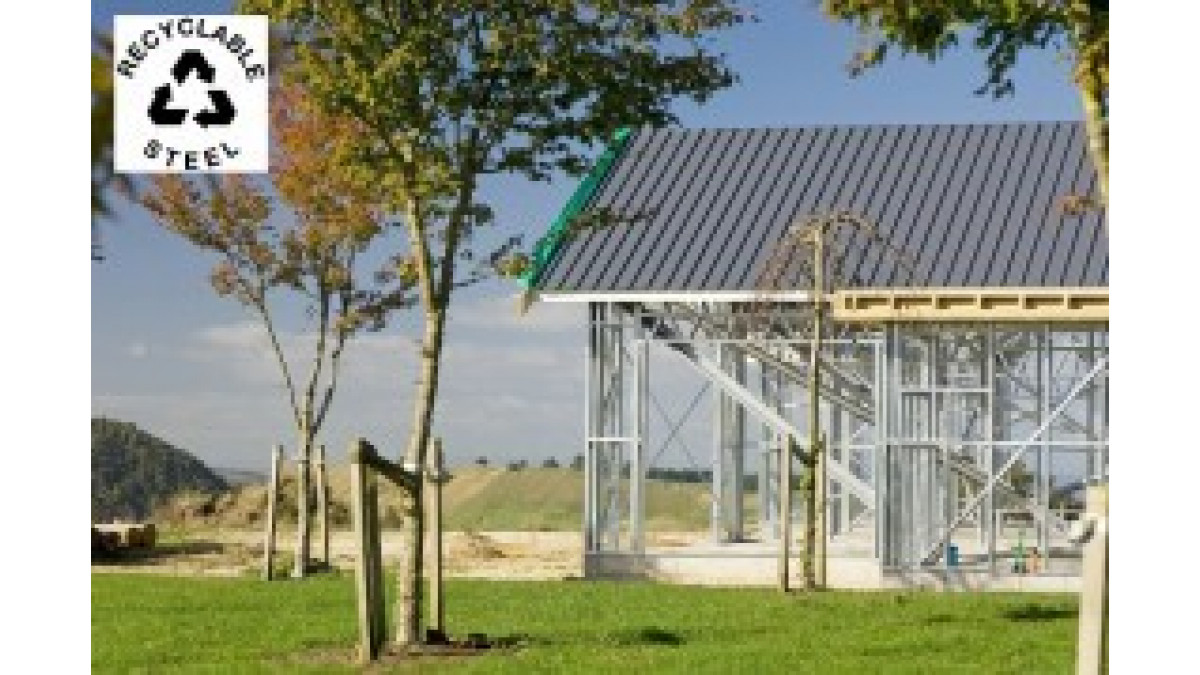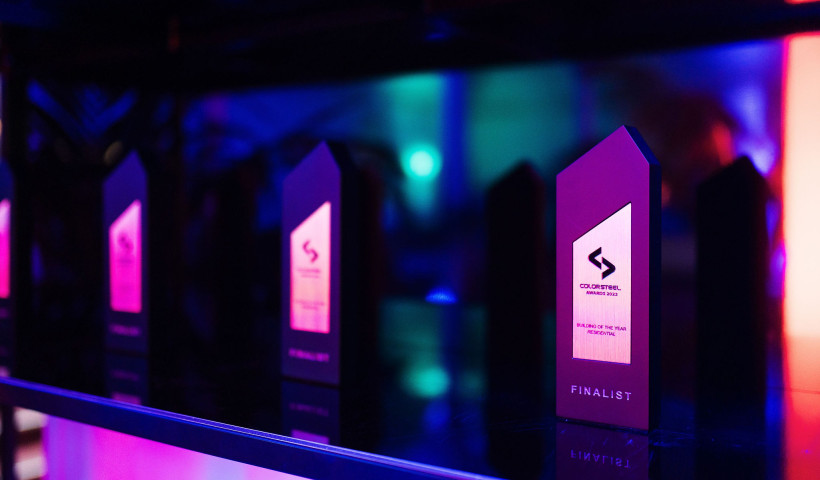
Recycling
New Zealand Steel recycles 99% of its water. The remaining 1% is cleaned, tested and discharged. Water is discharged into mixing points in the Waiuku estuary which are continuously checked. Reports are submitted to regulatory bodies and New Zealand Steel consistently meets requirements set.
All rainwater which falls on the site is collected in large settling ponds. The water is then clean enough to either discharge into the Waiuku Estuary, or to be recycled back into the site water circuits.
An audit carried out on potable water usage resulted in an annual reduction of approx 40% of potable water in a year. Further forecasted savings are anticipated.
New Zealand Steel recycles hot gases and steam in its co-generation plant to create up to 70% of its own electricity needs. It is one of the few steel manufacturers in the world to do this. Hatch reports rate New Zealand Steel as best practice in energy efficiency.
Waste Management
Up to 80% of waste from the steel-making process is recycled back into the process or into co-products. It is New Zealand Steel’s goal to achieve zero waste.
In recent years New Zealand Steel has reduced waste going into landfill by 65%. On-site plastic recycling has resulted in 15 tonnes of plastic and 25 cubic meters of polystyrene being diverted from landfill in the last four months.
Also, in 2008 New Zealand Steel formed a partnership with LanzaTech to build a pilot plant to produce ethanol from waste gases from the steel production process, again showing the company’s commitment to supporting innovative solutions for sustainable growth. Due to the success of the project, Lanzatech has partnered with Virgin Atlantic and during a visit to New Zealand Steel, Sir Richard Branson said that the move could develop aviation from a dirty industry into one of the cleanest.
Transportation
New Zealand Steel uses electric powered conveyor belts and slurry pumps to transport sand, eliminating the need for trucking. While this was a more capital-intensive transportation option, the impact on the environment is marginal. Alternatively, a truck would be required to travel every three minutes 24/7. The considerable negative environmental impact ruled this option out.
Coal is sourced close to the mill in the Waikato area and transported by purpose-built rail. It is stockpiled close to the smelter area to further reduce transportation.
New Zealand Steel is an integrated site where raw steel and finished products, including painted products, are all made. This is unusual in the global steel industry but by its very nature eliminates extensive transportation between each steel-making process.
Land Restoration
25% of mined sand is extracted as titanomagnetite (ironsand). The remainder is returned to the mined areas, which are then planted with marram grass and pine trees. Once restored there is little or no trace of mining.
Air
The biggest percentage of the company’s capital investment in environmental control is in the improvement of the quality of its emissions into the atmosphere. The scale of the air-cleaning operation is enormous, with more than 3 million cubic metres of waste gas being cleaned each hour.
New Zealand Steel has an air monitoring programme in place to assess air quality. Reports are submitted to regulatory bodies and New Zealand Steel consistently meets requirements set.
New Zealand Steel produces both COLORSTEEL pre-painted steel and AXXIS steel for framing.
For more information on the sustainability of steel please visit the website.













 New Products
New Products
















 Popular Products from COLORSTEEL
Popular Products from COLORSTEEL


 Most Popular
Most Popular


 Popular Blog Posts
Popular Blog Posts
